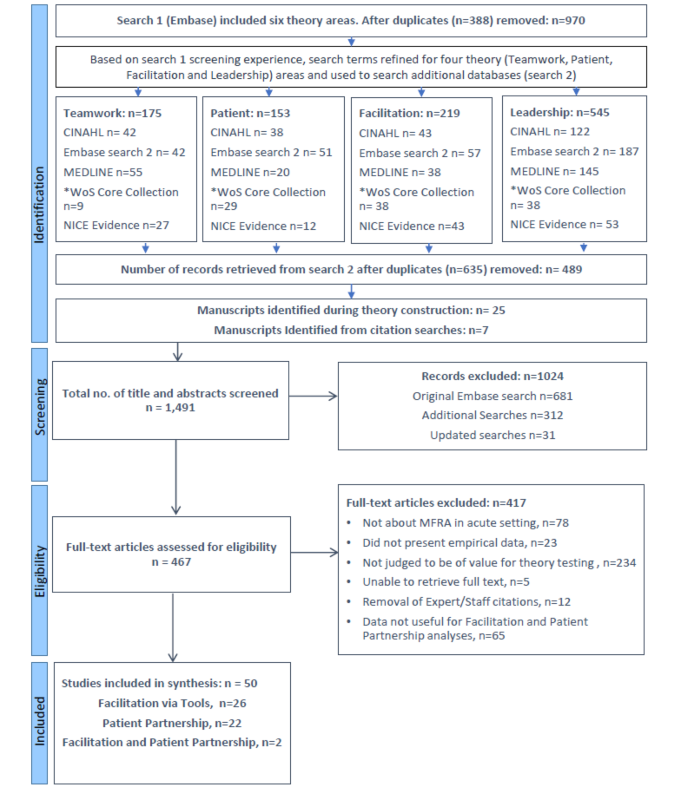Some Of Dementia Fall Risk
Table of ContentsThe 3-Minute Rule for Dementia Fall RiskDementia Fall Risk for DummiesThe Dementia Fall Risk StatementsHow Dementia Fall Risk can Save You Time, Stress, and Money.
An autumn risk analysis checks to see just how most likely it is that you will drop. The assessment typically includes: This includes a series of concerns about your general health and if you have actually had previous falls or troubles with equilibrium, standing, and/or strolling.Interventions are referrals that may minimize your threat of falling. STEADI includes 3 steps: you for your risk of falling for your threat aspects that can be boosted to attempt to prevent drops (for instance, balance issues, damaged vision) to minimize your danger of dropping by making use of effective techniques (for example, supplying education and learning and sources), you may be asked numerous inquiries including: Have you dropped in the past year? Are you worried about falling?
Then you'll rest down once again. Your service provider will certainly inspect exactly how lengthy it takes you to do this. If it takes you 12 seconds or more, it might imply you go to higher danger for a loss. This test checks stamina and equilibrium. You'll rest in a chair with your arms went across over your upper body.
Move one foot halfway ahead, so the instep is touching the huge toe of your various other foot. Move one foot fully in front of the various other, so the toes are touching the heel of your various other foot.
How Dementia Fall Risk can Save You Time, Stress, and Money.
A lot of drops occur as a result of several contributing factors; for that reason, taking care of the danger of falling begins with recognizing the variables that add to drop danger - Dementia Fall Risk. Some of the most appropriate danger aspects consist of: History of prior fallsChronic clinical conditionsAcute illnessImpaired stride and balance, reduced extremity weaknessCognitive impairmentChanges in visionCertain high-risk medications and polypharmacyEnvironmental factors can also increase the threat for falls, consisting of: Poor lightingUneven or damaged flooringWet or slippery floorsMissing or harmed hand rails and get barsDamaged or incorrectly fitted tools, such as beds, wheelchairs, or walkersImproper usage of assistive devicesInadequate supervision of the people residing in the NF, including those who display aggressive behaviorsA successful loss threat administration program calls for a complete professional analysis, with input from all participants of the interdisciplinary group

The care strategy need to also consist of treatments that are system-based, such as those that advertise a secure setting (appropriate lighting, hand rails, get bars, etc). The effectiveness of the interventions should be evaluated occasionally, and the care plan changed as essential to show changes in the loss danger evaluation. Executing an autumn threat management system making use of evidence-based best practice can reduce the prevalence of drops in the NF, while restricting the possibility for fall-related injuries.
Not known Details About Dementia Fall Risk
The AGS/BGS guideline recommends screening all adults matured 65 years and older for autumn risk every year. This testing contains asking people whether they have dropped 2 or more times in the past year or sought medical focus for a fall, or, if they have not dropped, whether they feel unstable when strolling.
People that have actually dropped when without injury must have their balance and gait assessed; those with stride or balance abnormalities need to receive extra analysis. A background of 1 loss without injury and without gait or balance troubles does not warrant additional assessment past continued annual fall danger screening. Dementia Fall Risk. An autumn risk assessment is needed as part of the Welcome to Medicare assessment

Unknown Facts About Dementia Fall Risk
Recording a drops background is one of the top quality indications for autumn prevention and administration. copyright medications in specific are independent forecasters of falls.
Postural hypotension can usually be minimized by decreasing the dosage of blood pressurelowering medications and/or quiting medications that have orthostatic hypotension as an adverse effects. Use above-the-knee assistance tube and copulating the head of the bed boosted might likewise reduce postural decreases in blood stress. The suggested elements of a fall-focused the original source physical exam are displayed in Box 1.

A pull time more than or equal to 12 secs recommends high autumn danger. The 30-Second Chair Stand examination evaluates lower extremity toughness and balance. Being unable to stand up see page from a chair of knee height without using one's arms suggests boosted fall danger. The 4-Stage Balance examination examines fixed equilibrium by having the client stand in 4 placements, each gradually extra difficult.